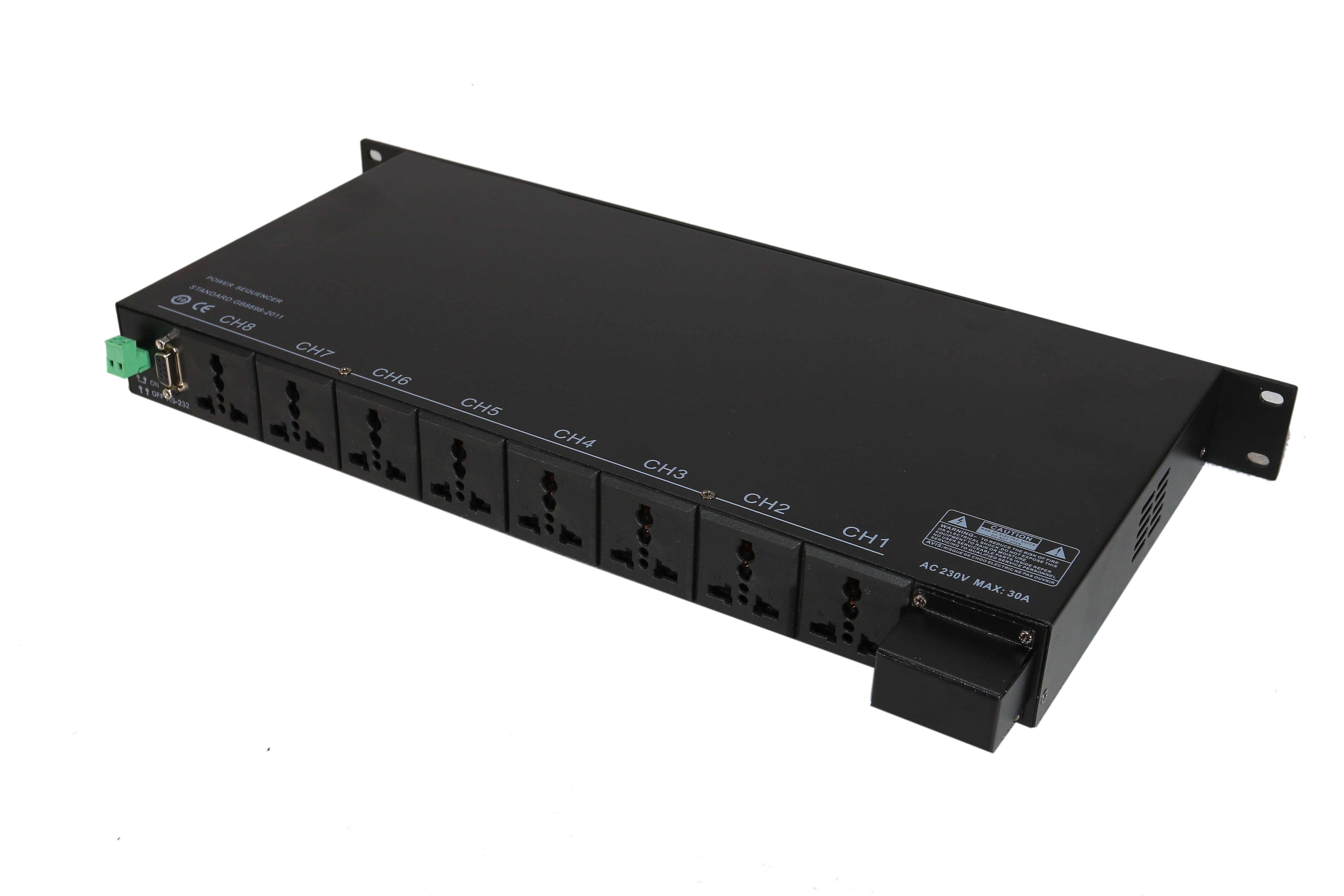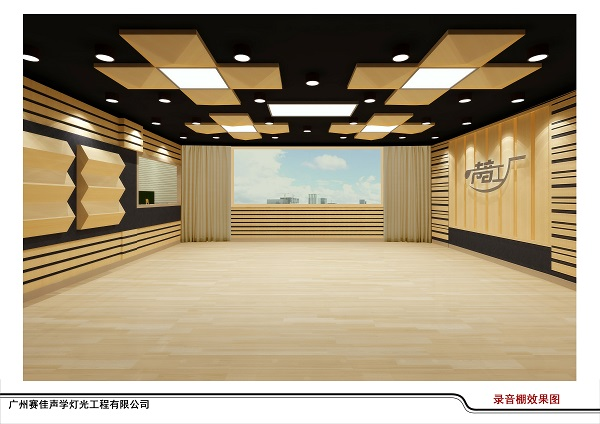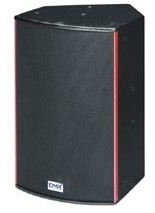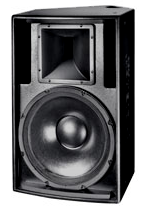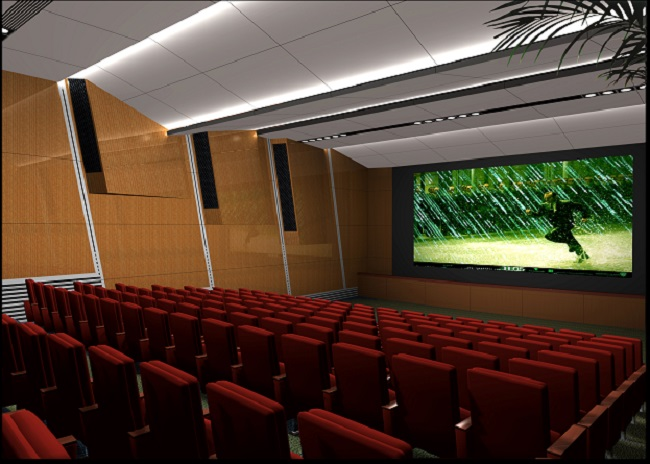
Cinema lighting, sound, acoustic decoration design and installation
- Overview
- Related Products
There are clear regulations on the acoustic design of cinemas, and the implementation standard is "Cinema Building Design Code" (JGJ58-2008, J785-2008)
Acoustic decoration design basis of cinemas
Reverberation time is an important indicator of the acoustic design of hall buildings.
Since the reverberation time is proportional to the volume, the selection of the reverberation time of the cinema needs to be reasonably selected according to its volume size. The standard stipulates the corresponding relationship between the 500Hz reverberation time and the volume (see Figure 5.2.1), and the reverberation time is selected within the upper and lower limit areas.
Among them, Table 5.2.2 specifies the ratio of the reverberation time of each center frequency of the auditorium of special, A and B cinemas to the reverberation time of 500Hz as follows.
The reverberation time frequency characteristics of the auditorium of the C-class cinema should meet the requirements of 125Hz, 250Hz, 500Hz, 1000Hz, 2000Hz, and 4000Hz in Table 5.2.2.
In addition, the requirements for noise control in cinemas are quite high. When the projector and air conditioning system are turned on at the same time, the background noise in the auditorium in an empty room should not be higher than the sound pressure level corresponding to the NR noise evaluation curve specified in Table 5.3.3.
In order to reduce the impact of noise, the specification clearly stipulates that: the partition wall between the auditorium and the projection room should be soundproofed, and the sound insulation of the mid-frequency (500-1000Hz) should not be less than 45dB; the sound insulation between adjacent auditoriums should not be less than 50dB for low frequencies and 60dB for mid-high frequencies; the sound insulation of the auditorium soundproof door should not be less than 35dB; the space with sound gates should be treated with sound absorption and noise reduction; auditoriums with air conditioning systems or ventilation systems should take measures to prevent crosstalk between halls.
Necessity of acoustic decoration design of cinemas
The cinema actually restores the recording and plays it back, and the listening effect is closely related to the acoustic conditions of the recording studio and the cinema itself. The importance of cinema acoustic design lies in creating a good sound field environment to achieve higher audio-visual effects. As a type of sound reproduction room, cinemas require short reverberation time. Sound-absorbing materials with wide bandwidth and strong sound absorption performance should be selected in reverberation control. The probability of a cinema being full is not high. How to ensure that the reverberation time is basically the same under different attendance rates requires professional acoustic design.
The acoustic decoration design of a cinema includes body design, reverberation design, and noise control. The goal of body design is to obtain as many first-class audio-visual seats as possible and eliminate sound quality defects such as sound focusing and echo at a lower cost. For stereo cinemas, the requirements for acoustic design are higher, and the ratio of direct sound to reverberation sound must be considered, which has a great impact on the positioning effect of sound and image. In addition, the surround sound equipment of the cinema is usually installed on the side wall of the auditorium. The sound source is inside the auditorium. If the wall is not treated with reasonable acoustic design, obvious flutter echo will be generated in the auditorium, and the parallel side walls will aggravate the impact of this flutter echo. Measures to improve this defect include: strong sound absorption treatment of the wall; reducing parallel interfaces on the wall and adopting irregular structures.
Through acoustic analysis, we can also know that the back wall of the auditorium and the back wall of the screen are also important locations that affect the indoor sound quality. The reflected sound of the back wall of the auditorium often forms an echo, which affects the clarity of listening and reduces the sound transmission gain of the electroacoustic. Therefore, it is necessary to perform strong sound absorption treatment on it in a wide band, which not only eliminates the echo but also helps control the reverberation. The main speaker is installed on the back wall of the screen, and the wall also needs strong sound absorption treatment to reduce the interference between the main speakers.
In order to reduce the interference of noise on the indoor listening environment, noise control is particularly important, including air sound insulation of walls, doors, ceilings, and floors, impact sound insulation of floor slabs, and noise reduction and vibration reduction design of equipment rooms and air conditioning systems. These all require professional design and construction to achieve the specified sound insulation indicators.

